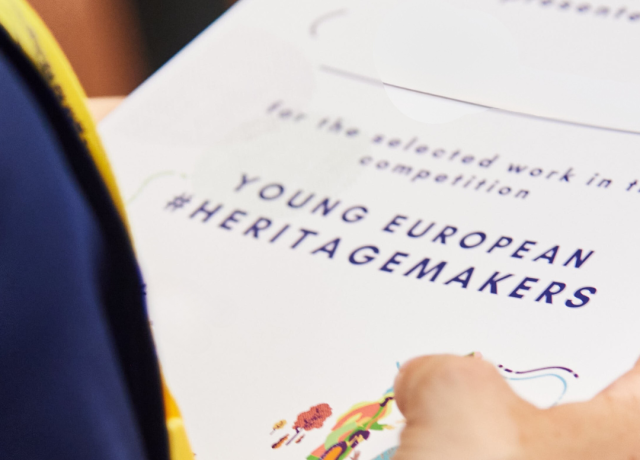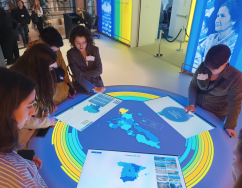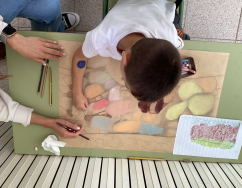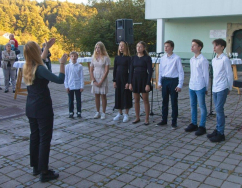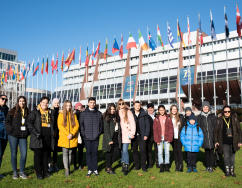European Heritage Days Article:
Young Europeans Invited to Share Their Vision of Heritage
European Heritage Days Article:
Young Europeans Invited to Share Their Vision of Heritage
The initiative, which opens this September, aims to put young voices at the centre of Europe’s heritage conversation. From hand-drawn artworks to short films, the competition asks participants a simple but profound question: What does heritage mean to you?
Giving Young Voices the Stage
The competition is open to two age groups:
- 6–11 years: Children can submit drawings, paintings, or photos, accompanied by a short story of up to 800 words.
- 11–17 years: Teenagers may work in small groups (2-4 participants) to produce videos (up to three minutes) or visual works, also with a written explanation.
In both categories, the emphasis is on authenticity. This is not about polished projects or adult-shaped narratives. It’s about children’s perspectives, their creativity, their way of looking at heritage.
A Role for Facilitators – But Not Directors
Teachers, youth workers, and heritage professionals can help organise activities and ensure submissions are uploaded safely. However, they are explicitly asked not to influence the ideas or shape the final projects. Adults’ roles are limited to supporting access to sites, providing a safe environment, and guiding children through the process in line with European child safeguarding policies.
Any entry suspected of being adult-authored risks disqualification.
Recognition and Rewards
Prizes differ depending on age:
For 6–11 years: Each participating country will select one winning entry, with winners receiving a European Heritage Days goodie bag and a thank you letter. These entries will be celebrated nationally but will not move on to the European stage.
For 11–17 years: One national winner per participating country will be put forward for European evaluation. From these, the top five projects across Europe will be crowned winners.
The young creators behind these winning entries in the older age group will travel to Strasbourg in May 2026, where they will meet fellow heritage makers, visit European institutions such as the Council of Europe and the European Parliament, and showcase their work in a dedicated exhibition.
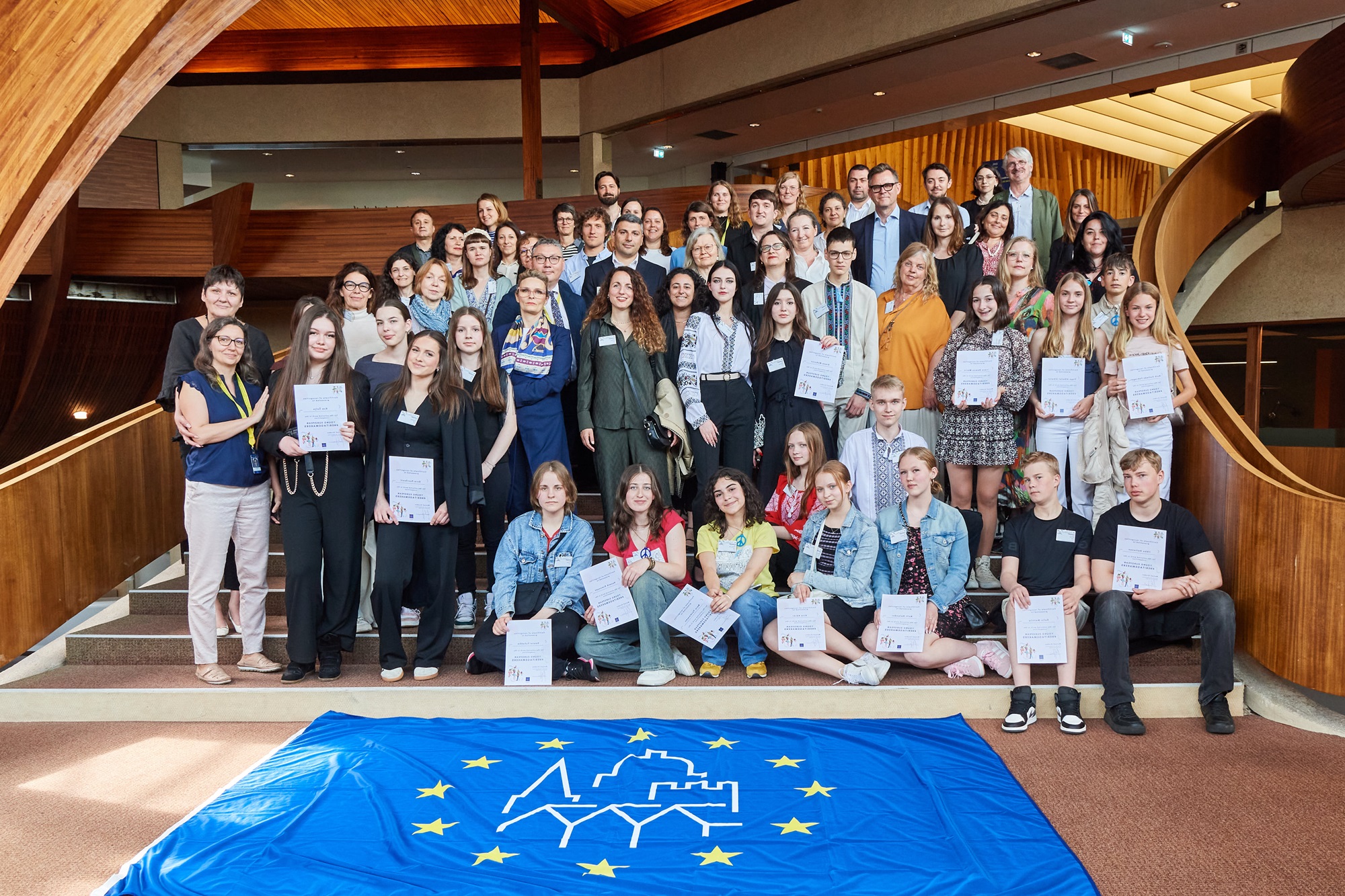
Why It Matters
The competition reflects a growing recognition that heritage is not just about monuments, museums, or traditions, but also about the stories and meanings attached to them by younger generations. By asking children what heritage means to them, the organisers hope to encourage a deeper connection between Europe’s future citizens and its shared cultural fabric.
It is also a statement of trust: giving young people the chance to speak for themselves, unfiltered, about the Europe they see in their surroundings.
How to Take Part
Before creating or submitting an entry, participants and facilitators should first check whether their country is taking part in the Young European Heritage Makers competition and read the official guidelines carefully.
Participating countries: Armenia, Bosnia and Herzegovina, Croatia, Finland, Flanders-Belgium, Italy, Ireland, Latvia, North Macedonia, Montenegro, Slovenia, Spain, Ukraine.
Key Dates
1 September – 15 December 2025: Activities and submissions
20 January 2026: National coordinators’ deadline
February 2026: European-level evaluation
March 2026: Winners announced
May 2026: Strasbourg exhibition and visit
In a time when cultural identity is often debated, the Young European Heritage Makers competition reminds us that Europe’s heritage is not only what is preserved in archives or carved in stone—it is also alive in the imagination of its youngest citizens.
